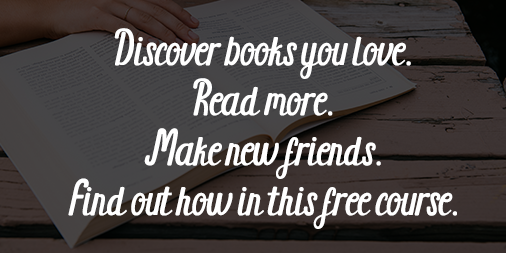I went to see this exhibition today at the Tate Britain with my mum and my sister. It was the first time I had visited that gallery since I was in primary school, back then it was simply the Tate Gallery because the Tate Modern didn’t exist. It seemed really big, but every museum and gallery we visited seemed huge because the biggest building I was familiar with was our tiny school. I remember being very bored, having to sketch some random old painting, and a group of kids from our school trying to get lost.
The How We Are: Photographing Britain exhibition is really good. We think it took about two hours to go around but that’s because my sister had to read everything and make notes because she has to for the ‘A’ Level photography course she hopes to do. I found it so interesting I wanted to make sure I read everything too. It presents a double history of photography and of Britain and shows examples of art, journalistic and fashion photography.
They have some of the first photographs ever taken, which are really strange. They look more like drawings than photographs to the modern eye, because they are so small and the image doesn’t fill the whole of the print – it looks like there is a sort of mist in a circle around the image. Take a look at these online photo albums for an idea of what I’m talking about, although this is much more pronounced in the earlier photographs in the exhibition.
A lot of the earlier photographs in the exhibition are social documents – they depict the living conditions of the working class in cities, for example. I think that before photography, it was really only the rich and famous whose images were captured for posterity, and it is interesting that so many photographers were interested in the lives of ordinary people. I burst out laughing at a collection of photographs that were given to police to help them catch “militant suffragettes” – they are of such poor quality that I don’t think the women had anything to worry about.
The photographs get more recent as you move through the sections and you see examples of groundbreaking technology in photography and of new ideas about composition and use as they developed. Some of these photographs are of famous Britons but the majority are of ordinary people, sometimes relatives or friends of the artists, sometimes subjects whose names are unknown. There are also some landscapes, but the focus is on images of people.
One cool thing about this exhibition is that it was actually open for submissions! Any photographs taken in the UK that fit the exhibition’s themes of portrait, landscape, still life and documentary could be added to the How We Are Now Flickr group to be displayed on screens at the gallery, on the Tate Britain’s website here, and on the website for The Observer. The Tate is selecting the best 40 and they will be part of the final display (6th August – 2nd September 2007) and archived on the website. More information can be found here.
I really enjoyed this exhibition and I recommend that you catch it while you can!


(just stumbled over your blog) – i went to the same exhibition when i was in london a couple of weeks ago and i have to say i really quite enjoyed it as well.
unfortunately they were closing the museum so i had to really rush through the last parts which almost seemed to be the most interesting..what part did you like best?
That’s a shame you had to rush – the last parts were representing modern photography so it was very interesting to think about how and why they were chosen for the exhibition.
I don’t think I could choose a favourite part because it was all so different it’s difficult to compare them. I did have some favourite photographs though. My sister bought a postcard set of 24 of the photographs and it includes some of my favourites, so I think I’m going to go back to the shop to get one for myself.